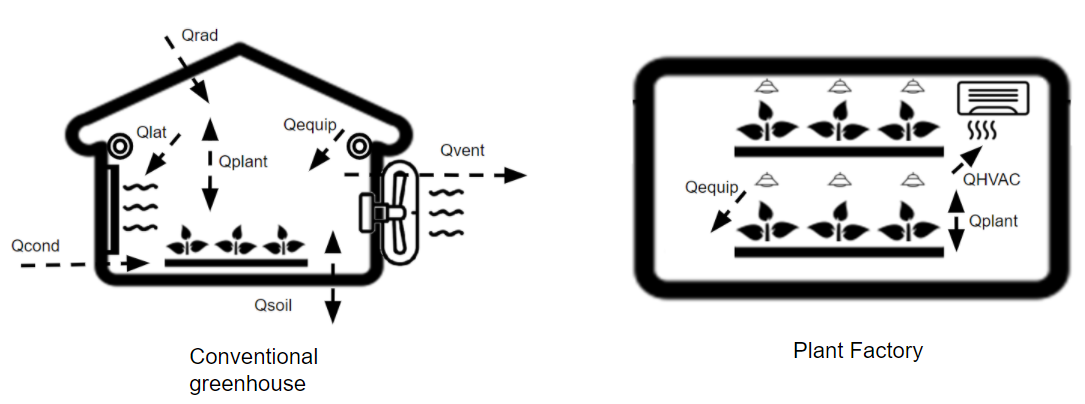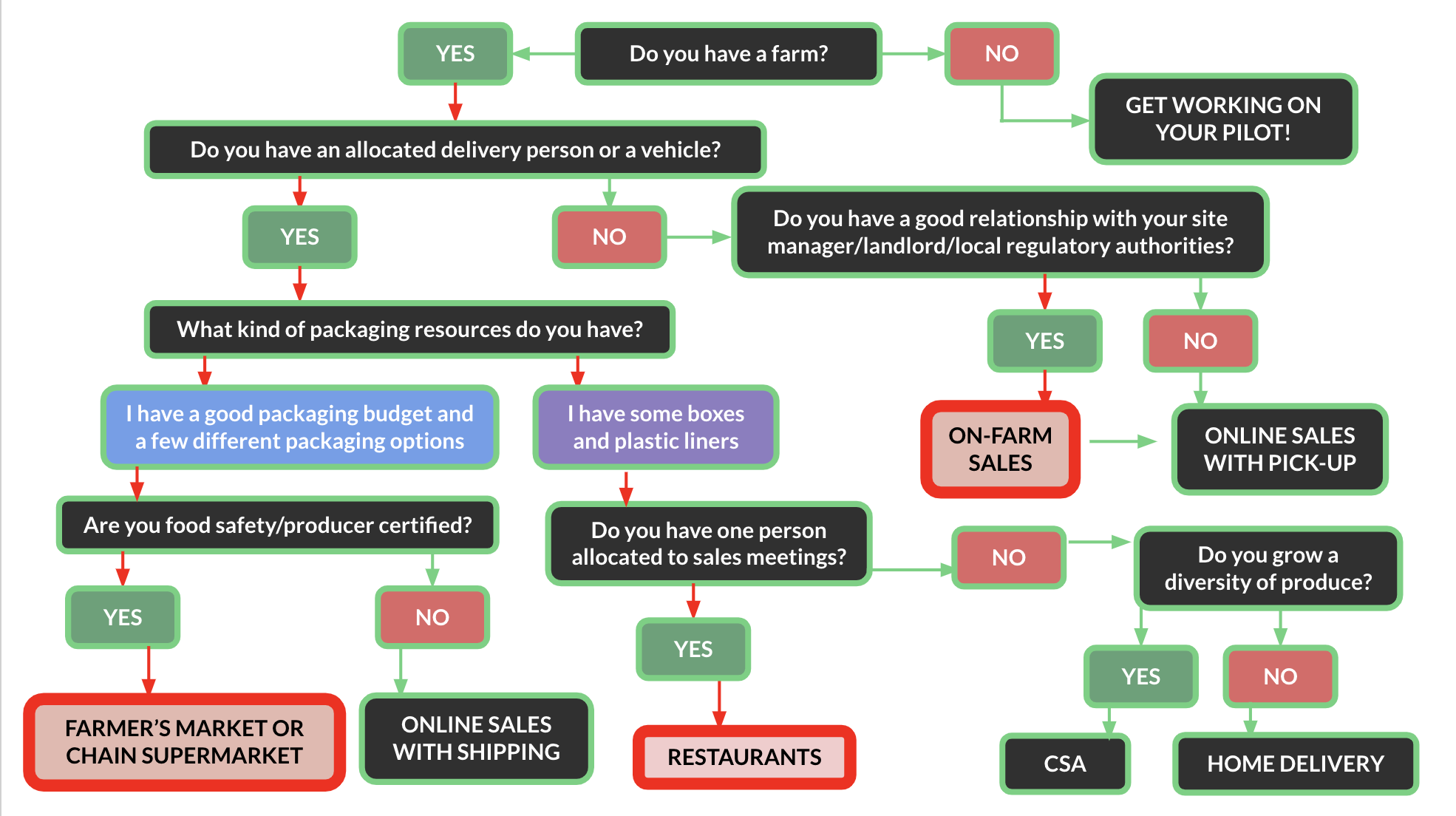Controlled Environment Agriculture Feasibility Study in The Philippines
.png?width=750&height=500&name=Untitled%20design%20(44).png)


Our team conducted a comprehensive feasibility study for a Controlled Environment Agriculture (CEA) venture in the Philippines. This project aimed to assess the viability of establishing a state-of-the-art greenhouse facility that leverages advanced agricultural technologies to ensure a year-round supply of fresh, high-quality produce.
Objectives:
- Site Analysis and Selection: Evaluated 17 potential locations for their suitability based on size, proximity to major cities, and potential for co-location with power assets.
- Technology Integration: Researched and recommended appropriate CEA technologies including hydroponics and vertical farming systems to optimize production efficiency and cost-effectiveness.
- Market Research: Conducted in-depth market research to determine the most profitable crops, assess market demand, and identify sales channels.
- Financial Modeling: Developed detailed economic models to project costs, revenues, and profitability, ensuring a clear pathway to financial sustainability and scalability.
- Brand Development: Assisted in creating a strong brand identity, including a mission statement, brand narrative, and talking points to support marketing and community engagement efforts.
Key Activities:
- Climate and Resource Analysis: Performed climate studies to design appropriate climate control strategies, addressing the high humidity levels typical of the region.
- Case Studies: Analyzed successful CEA models globally to inform best practices and operational efficiencies.
- Vendor Outreach: Engaged with leading CEA technology providers to validate project assumptions and refine investment costs.
- Branding Workshops: Conducted branding workshops to align on project vision and create compelling narratives for stakeholder engagement.
Outcomes:
- Established a feasible model for a high-yield, semi-automated indoor farming system.
- Developed strategies to ensure competitive pricing and sustainable production.
- Identified key drivers for economic and environmental impact, emphasizing healthy, affordable produce for the local community.
